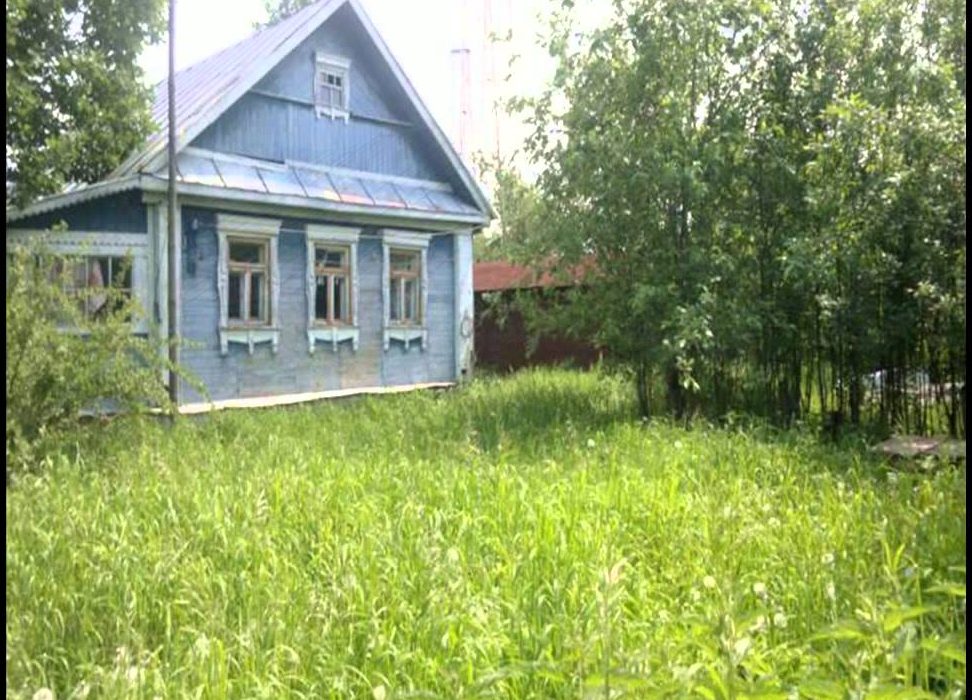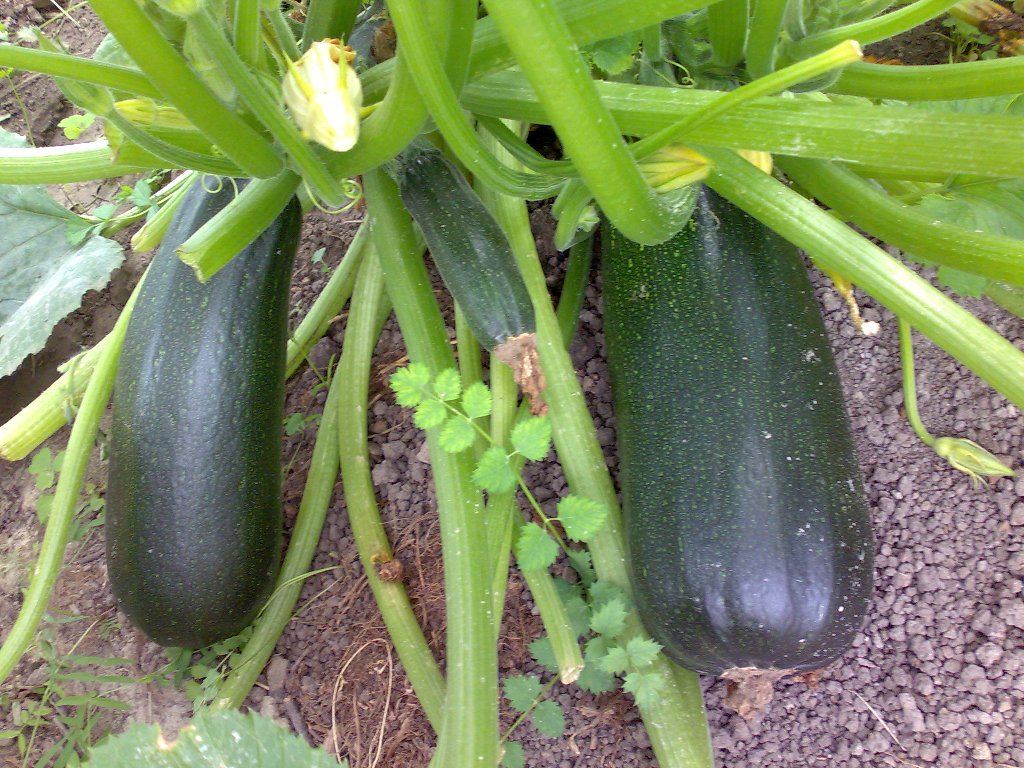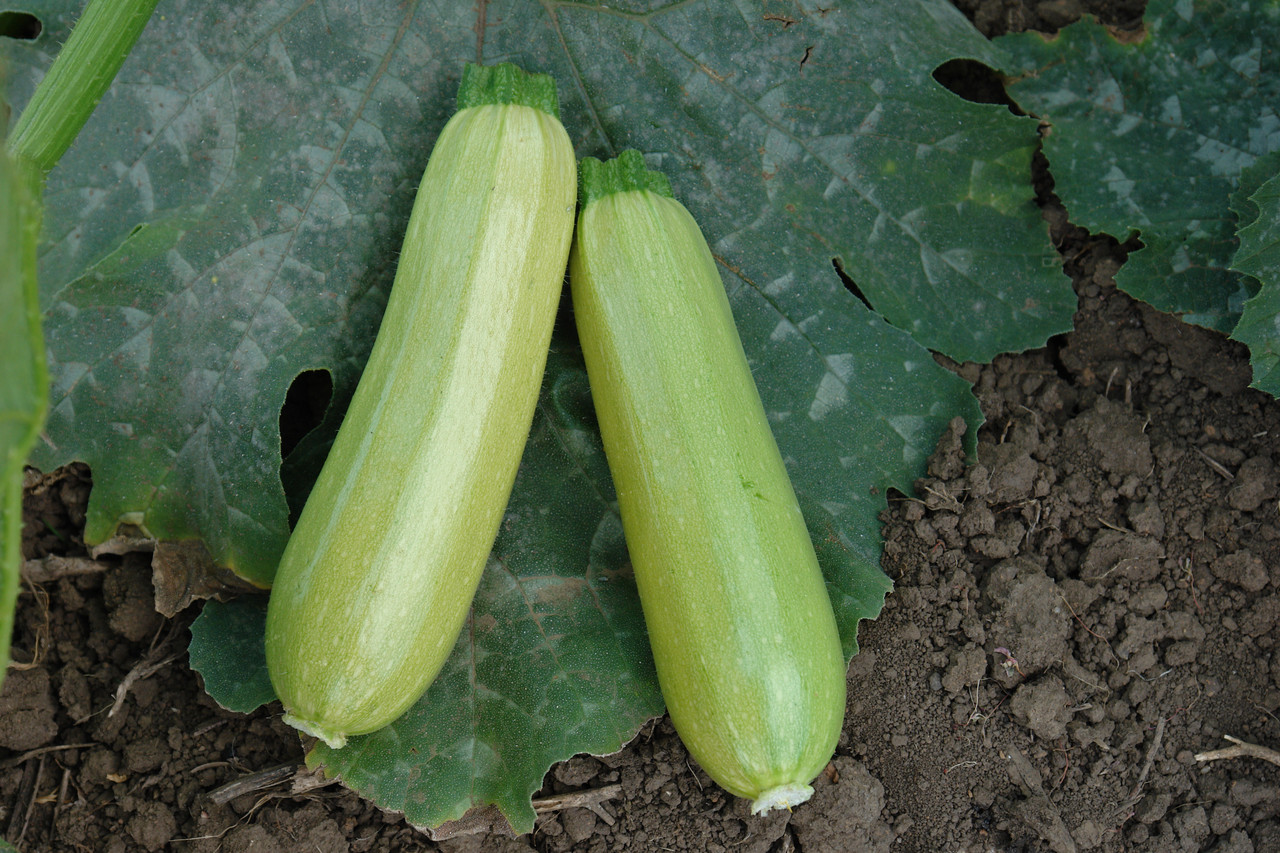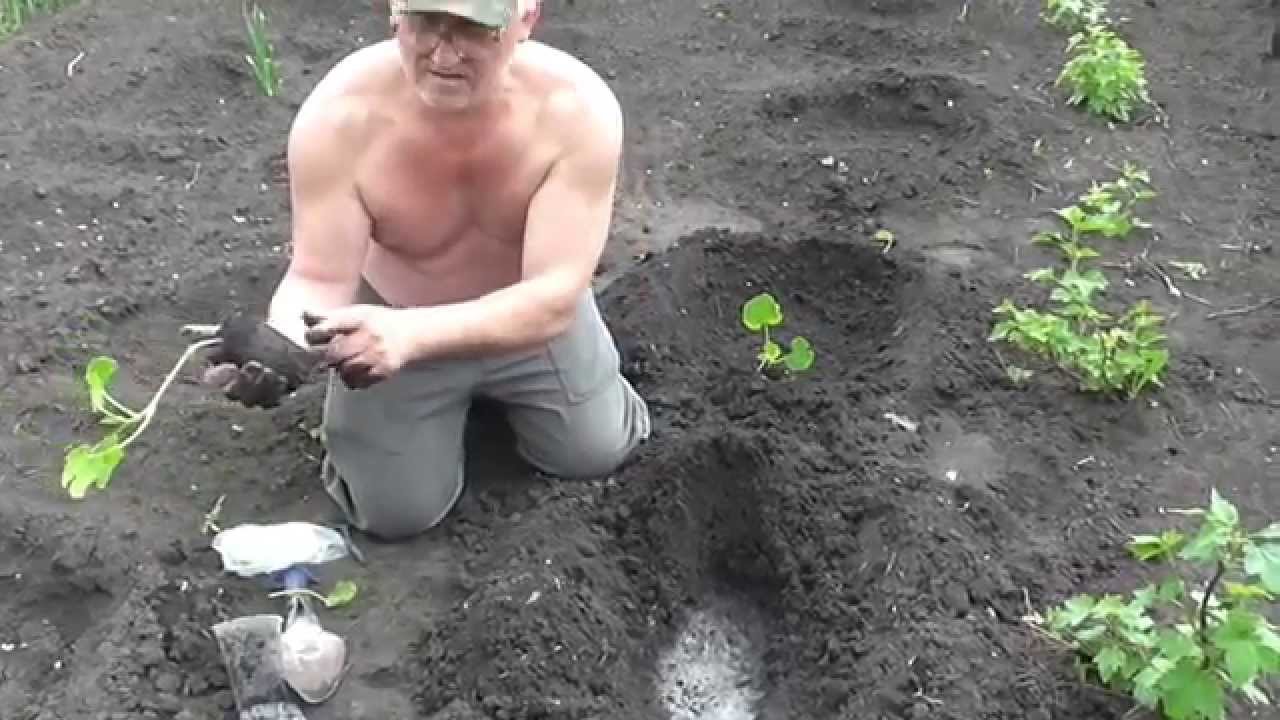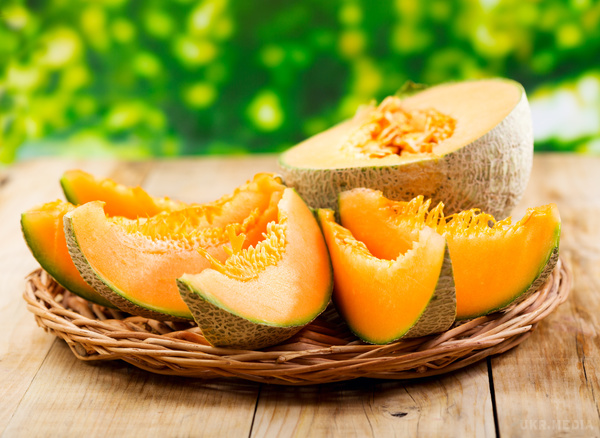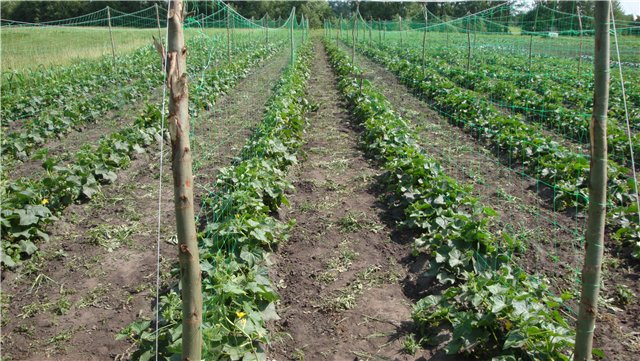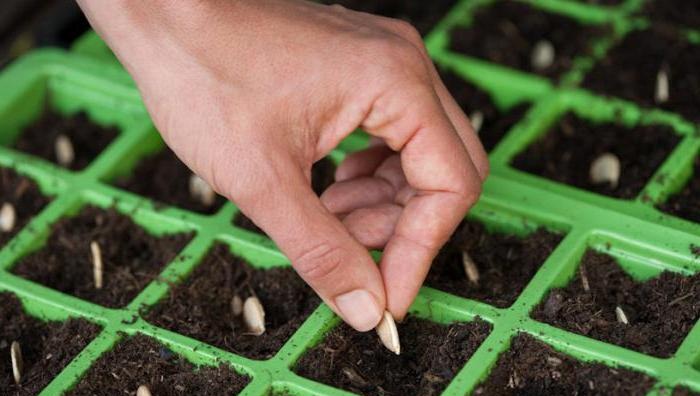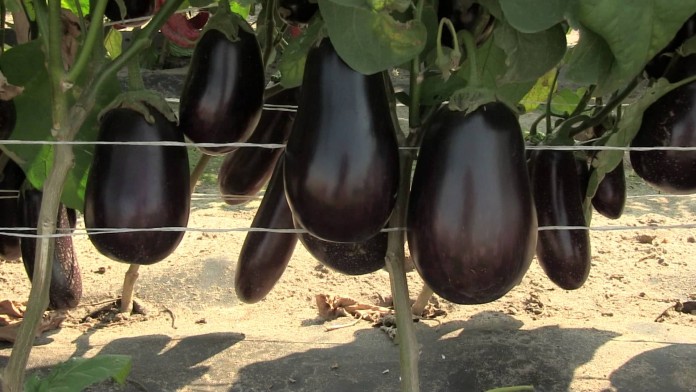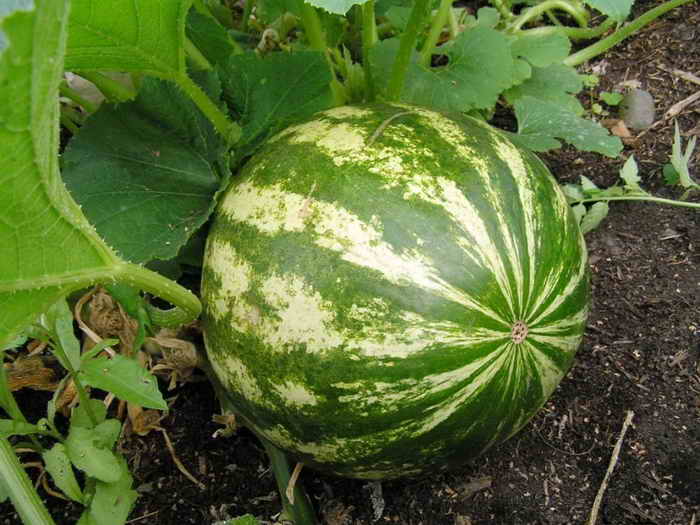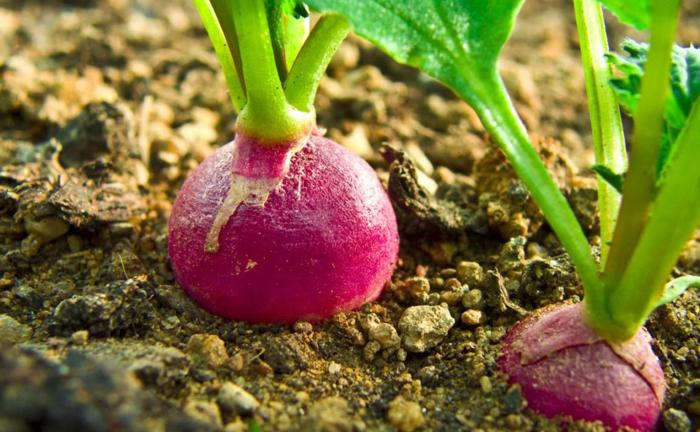Content:
Zucchini has been popular with gardeners for many years. This is due to the simplicity of growing crops, pleasant taste and beneficial properties. It can be grown in almost any climatic conditions, including in the Moscow region and the Moscow region.
Planting zucchini in open ground in the suburbs
When choosing varieties of zucchini for cultivation in this region, it is necessary, first of all, to focus on the peculiarities of climatic conditions. The climate here is quite cool: the first half of summer is characterized by high temperatures, and the second - by heavy rains.
The culture does not tolerate cold and drought, so growing zucchini in the open field in the Moscow region requires care and a responsible approach. Most varieties of zucchini are self-pollinating, early maturing and early ripening. It will be possible to harvest the crop before the onset of early frosts.
Varieties of zucchini for the Moscow region for open ground
Foreign and domestic breeders have bred many varieties of crop varieties. The type of zucchini for the Moscow region should be chosen according to the conditions of their cultivation.
They must have the following properties:
- the ability to quickly adapt to changing weather conditions;
- frost resistance;
- ability to tolerate drought;
- short growing season;
- great taste.
Among the most popular varieties are the following:
- Iskander F1. Self-pollinated squash. The variety was bred by Dutch breeders. With proper care, the culture is capable of producing a good harvest (up to 16 kg of cylindrical fruits can be harvested from the bush). The skin of the fruit is green with a slightly waxy bloom. Zucchini reach small sizes, each weighing no more than 0.4 kg and 24 cm in length. The peculiarity of the variety lies in its ability to withstand low temperatures.
- Tsukesha. From one bush of zucchini of this variety, you can get up to 13 kg of fruits, which are distinguished by the versatility of their use. The fruits are highly transportable and can be stored for a long time. Tsukeshu can be cultivated both outdoors and in greenhouses or greenhouses.
- Lunar. Zucchini of this variety are highly immune to disease. The weight of one fruit can reach 2.5 kg. From one bush, you can get up to 15 kg of zucchini, which indicates a high yield of the variety.
- Delicate marshmallow. Bred in Russia. The pulp has a pleasant sweet taste. The peel has a two-tone black and white color.
- White Bush F1. The bush variety was bred in Denmark. Since the mill is located at the same latitude as the Moscow region, this variety is excellent for growing in the Moscow region. Zucchini have a short growing season and amicable ripening of fruits, the weight of which can reach 0.5 - 0.8 kg, and the length ranges from 19 - 21 cm. From 1 m2, you can collect up to 13 kg of fruits.
These are just some of the best varieties that are optimal for growing in the Moscow region.
Features of agricultural technology
It is possible to grow zucchini in the Moscow region, which are capable of giving a good harvest, subject to certain conditions. Among the most significant are the following:
- Temperature. Zucchini are thermophilic crops.Despite this, they are able to withstand a slight cold snap. The optimum temperature for plant growth is 19 - 22 degrees.
- Lighting. Zucchini thrive in good light. This is one of the main conditions for the rapid flowering of the culture. In case of insufficient lighting, the plants stretch out, and the fruits change their taste for the worse. It is better to grow plants in a well-lit area.
- The soil. Almost any type of land is suitable for growing crops. The most optimal for cultivation is fertile and loose soil (loamy or black soil). Organic fertilizers can be used as top dressing. In addition, the soil must be thoroughly dug up before planting seedlings or sowing seeds.
- Watering. Compared to other types of Pumpkin, squash has an excellent ability to easily tolerate short-term drought. This is made possible by the well-developed root system of the plants. But, despite this, a lot of moisture is needed for the development of fruits, so the zucchini must be watered in a timely manner and regularly. For normal plant growth and a high yield, the soil moisture level must be at least 70%.
Zucchini can be grown both by seedling and non-seedling methods.
Planting work should begin with site selection. The best precursors for squash are crops such as tomatoes, potatoes, legumes, onions, cabbage or carrots.
If the choice fell on a virgin area, it is necessary to remove all weeds on it, and then dig it up. The soil must be fed using organic fertilizers.
Often, a place located in the middle of the flower bed is chosen for growing zucchini. This will not only help attract insects to the zucchini flowers, but also decorate the territory.
Planting of seedlings is carried out in holes located at a distance of 40 - 65 cm from one another. The distance between the rows with holes should be at least 60 cm.
The seeds of the best varieties of squash for the Moscow region need preliminary preparation. They must first be soaked in a manganese solution for about 2 to 3 hours. A simple procedure disinfects the planting material, which contributes to obtaining a good harvest.
After disinfection, the seeds are placed on a moistened cloth and covered with it. Thanks to this simple procedure, it will be possible to germinate the seeds, which will speed up the emergence of seedlings by 5 to 7 days.
Since the seedlings of zucchini are rather difficult to transplant, it is better to use peat cups or plastic containers with a cut-off bottom for growing it.
For planting seeds for seedlings, it is better to focus on the calendar and choose the month of April. In a container, you need to collect a soil mixture prepared from peat and black soil, taken in equal quantities.
Seeds will grow quickly if the room temperature is between 19 and 25 degrees. As soon as shoots appear, the temperature can be lowered to 15 - 18 degrees.
The soil in the container with seedlings should be watered as it dries. For this, it is recommended to use settled warm water.
You should also not neglect feeding seedlings. It is better to do this 2 times: after the emergence of shoots, and then after 5 - 7 days. To do this, you can use special fertilizers, or you can fertilize with water with ash dissolved in it.
In order for the seedlings not to stretch out, they must be in a well-lit place. If this is not possible, it is necessary to resort to additional lighting using a fluorescent lamp.
Approximately 25 - 35 days after planting, the seedlings are fully ready to be transferred to open ground.
The first time the seedlings need to be fed before the beginning of the flowering period using nitrophoska and chicken droppings.Secondary seedlings are fertilized during flowering. To do this, you can apply Efekton fertilizer. The third time feeding is carried out during the formation of the fruit.
Zucchini seedlings are very afraid of the cold. Therefore, during the first 7 to 10 days after disembarkation, it must be covered at night. In the daytime, seedlings can be opened if weather conditions permit.
On some varieties of zucchini, only female flowers are formed, which require additional pollination. In order to attract insects, it is recommended to spray flowers with honey dissolved in water.
In order to get a high yield, squash bushes need to be shaped. It is necessary to pinch the top at the level of 4 - 6 sheets.
To avoid evaporation of moisture from the soil after watering, its surface must be mulched. To do this, you can take straw, cake or sawdust. Then it will be possible to grow large zucchini, varieties for the Moscow region are quite possible.
Zucchini bushes are very sensitive to weeds that grow in the beds. Therefore, it is necessary to remove them as often as possible. This should be done until the plants are strong with a well-formed root system.
Provided that agrotechnical work is properly organized, you can get an excellent harvest of zucchini from a small area without much effort.
